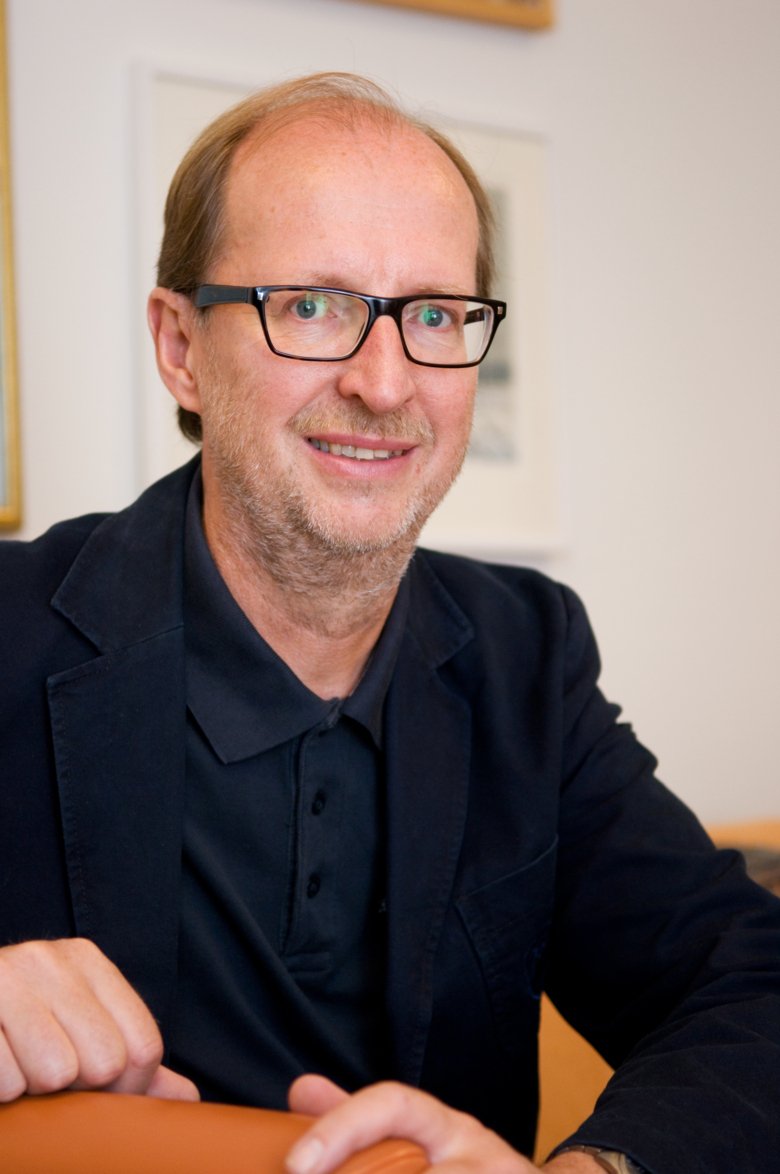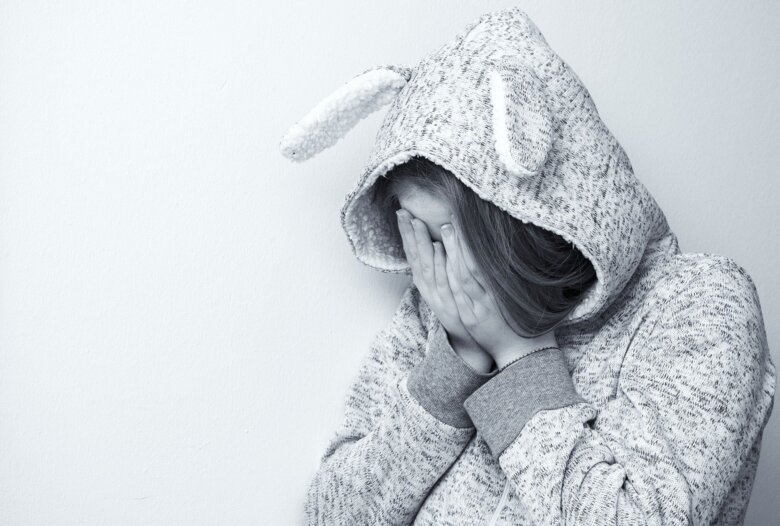The US is bucking the trend for suicide
Bo Runeson is a clinical psychiatrist and professor of psychiatry at the Department of Clinical Neuroscience at Karolinska Institutet. He has conducted an overview of suicide from a global perspective.

Text: Annika Lund, first published in Swedish in the magazine Medicinsk Vetenskap No 3/2020
What did you see?
“At a global level, suicide decreased by 18% between 2000 and 2016. The United States is bucking this trend: suicide is increasing there. One possible explanation for that is the financial crisis that parts of the United States have experienced in combination with gaps in their safety net.”
What risk factors could you discern?
“There is very strong support for the thesis that both depression and addiction to alcohol or drugs are strongly linked to suicidal behaviour. This link is stronger than the one to available means to commit suicide, such as firearms. Other important risk factors include highly stressful experiences, such as the death of a loved one, divorce or the diagnosis of a severe medical condition. There is also strong support for links between an increased risk of suicide and neuropsychiatric impairment, such as ADHD, or having a parent who committed suicide. Risk factors have a different bearing in different stages of life. Family issues are more important in childhood, personality issues during youth and physical illness in old age.”
You and your colleagues have also studied links between attempted suicide and suicide at a later date. What did to see there?
“Through national registers, we followed people who had been hospitalised after a suicide attempt. This revealed that those who at the time of the attempt had one of the diagnoses bipolar disorder, depression or psychosis had a greatly increased risk of actually committing suicide. We also saw that those who employed violent means in their attempt – for example, hanging or shooting – were at greater risk of subsequently committing suicide than those who used poisoning. Just over one in five of those with bipolar disorder who chose a violent method died as the result of a completed suicide during the follow-up period for our study, nine years.”
How can we work preventively with these highest-risk groups?
“It’s all about effectively treating the underlying illnesses. For those with bipolar disorder, lithium can hold depression and mania at bay, while there are other therapies available for psychosis and depression. Then it’s a matter of offering specific support during stressful periods and working closely with friends and family, so that periods of deterioration can be identified and met with help and care.”
Is this how healthcare is working today?
“There has been a massive expansion of specialist clinics for those with bipolar disorder or psychosis. These groups are among those most heavily invested in by psychiatry. That said, they are serious illnesses. Unfortunately, bipolar disorder still has a high mortality rate but we are now better at reaching people with these illnesses, as well as those with depression. We think that this has had some effect on suicide rates.”
Advanced reading
 Photo: Anemone 123, downloaded from Pixabay (CC0)
Photo: Anemone 123, downloaded from Pixabay (CC0)Suicide still the most common cause of death among young people
Suicide rate is decreasing in most countries in the world but is still the most common cause of death among young people aged 15-24. Read a review article by KI professor Bo Runeson and his British colleague Seena Fazel about the current state of research on suicide prevention. The article was published in the prestigious New England Journal of Medicine in January 2020.
Do you need someone who listens?
Information about hotlines and support can be fund at the NASP webpage
In an emergency: Call 112 (in Sweden)
